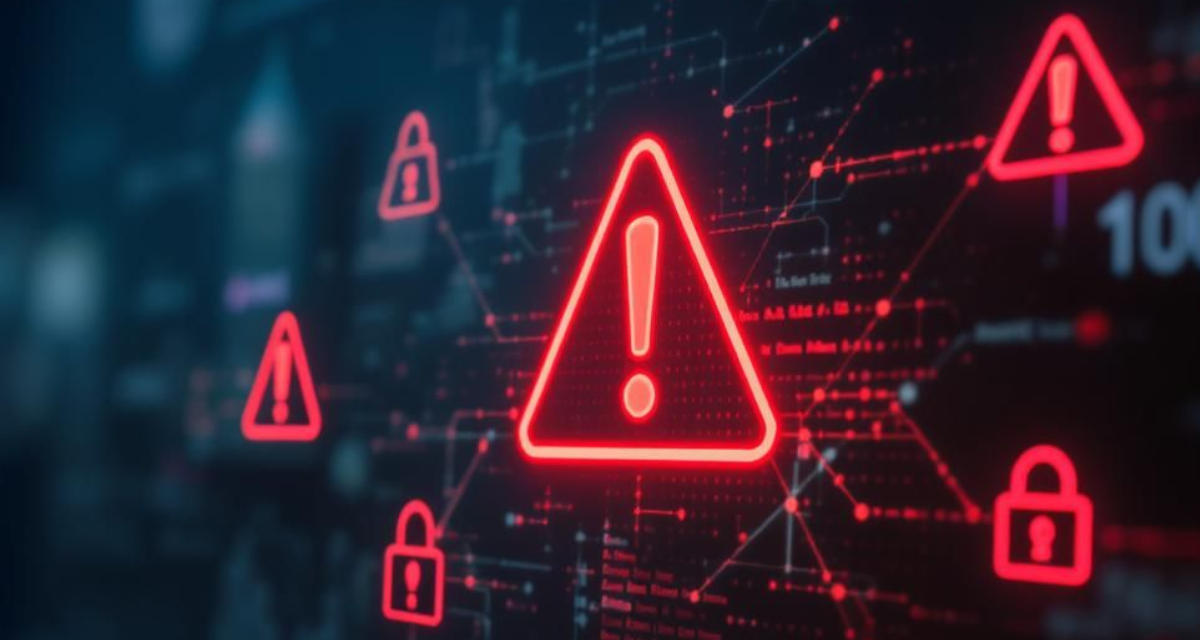40 banking executives from the region attending afraud forum in Bali self-reported various cybersecurity and fraud concerns.
A recent snap industry poll conducted at a June 2025 forum resulting in the finding that 69% of surveyed banking executives in the Asia Pacific region had cited scams and so-called mule accounts as their greatest fraud concern at that time.
Respondents had indicated that these forms of activity, which typically involve victims authorizing payments to criminals and the subsequent movement of funds via intermediary accounts, were viewed as presenting unique detection difficulties compared to more traditional unauthorized fraud.
Additionally, 52% of respondents had indicated that social media platforms were, in their view, the leading external “threat vector” for scams.
Other findings
Among the 40 bank executives polled about fraud concerns:
- 35% had pointed to messaging services, 46% had reported siloed data as one of the most significant barriers to effective scam detection, while 28% had cited limited connected insights across product channels.
- Other scam typologies cited included impersonation of officials, and the promotion of fraudulent investment or job offers, with tactics distributed chiefly through social media and messaging channels.
- 14% of respondents had agreed to prompts that banks should fully reimburse customers in all scam cases, while 50% had indicated that compensation should apply only when the bank is at fault. Also, 36% had supported a model of shared responsibility between bank and customer.
- 13% highlighted operational obstacles such as limited real-time data integration with third-party systems .
- Cross-national scam loss figures from external reports were referenced alongside commentary during the mini survey.
According to Dattu Kompella, Managing Director (Asia Pacific), FICO, the firm that conducted the mini poll: “Scam activity is often fast, fluid, and fragmented. To respond effectively, banks need connected systems that provide a complete, real-time view of risk. Without breaking down internal silos and unifying insights across teams, many institutions will remain on the back foot.”
*Methodology footnote: This survey’s findings are based on self-reported responses from more than 40 fraud and risk executives from financial institutions across Asia Pacific at an industry forum in June 2025. The survey instrument, sample selection criteria, and definitions of key terms such as “scam”, “mule account”, and “fraud concern” were not detailed in the summary materials reviewed. Readers are cautioned that regional comparisons or year-over-year trend references are subject to differences in methodology and respondent parameters

















